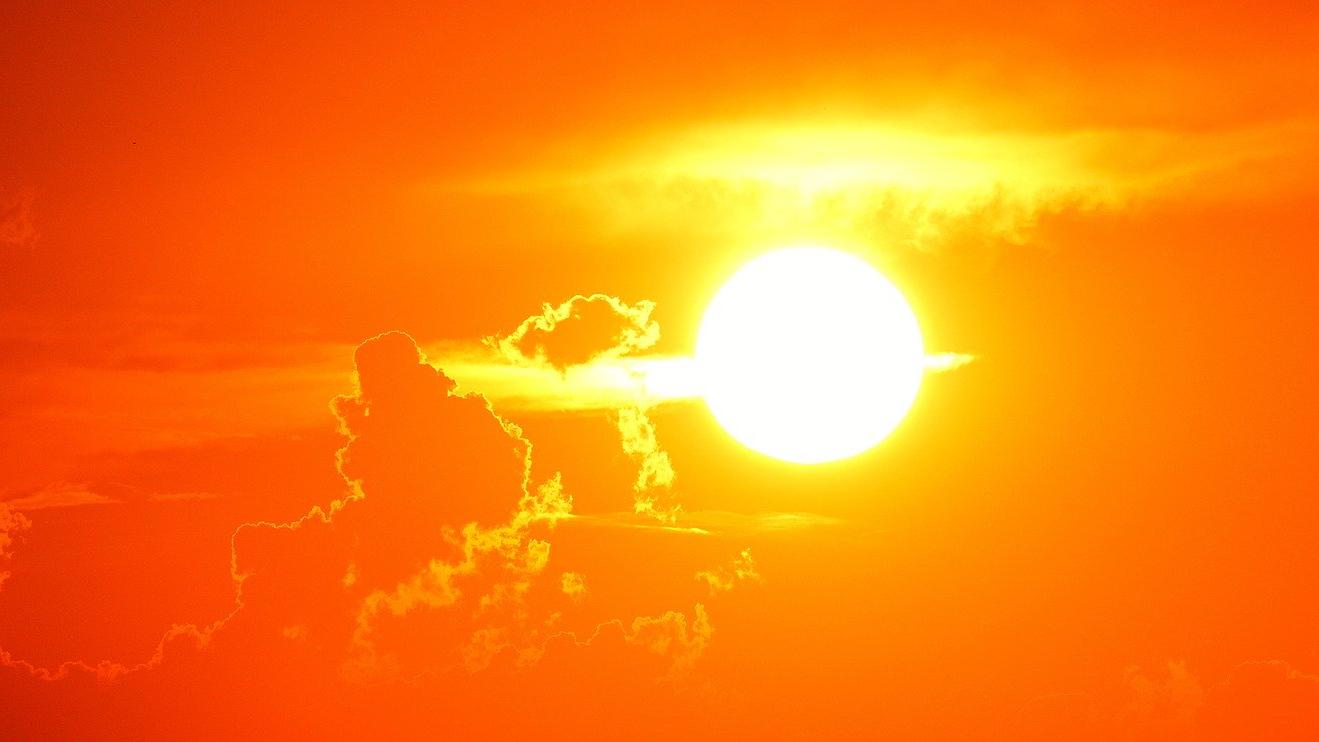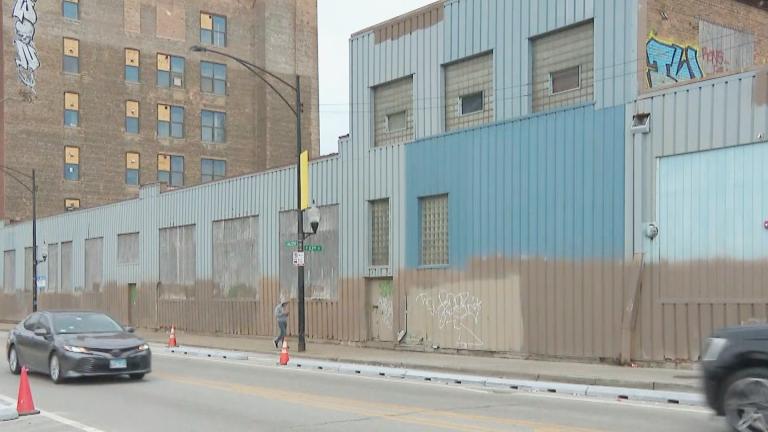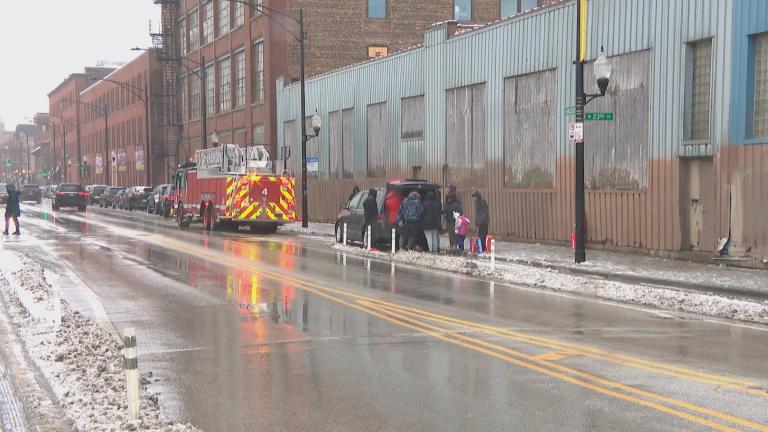 (Pixabay)
(Pixabay)
Extreme heat is the top weather-related cause of death in the U.S., something Chicago knows all too well.
In the aftermath of 1995’s devastating heatwave, which killed more than 700 Chicagoans, the city has continued to search for ways to keep people cool on blistering hot days.
The latest effort, in partnership with the National Oceanic and Atmospheric Administration (NOAA), is to map the city’s hot spots, specifically its urban heat islands — places with fewer trees and more pavement, where temperatures can soar 20 degrees higher than surrounding areas.
Community volunteers are needed to collect the data, a process that will involve driving a specified route on a chosen day (likely to be selected in July). Using a provided heat sensor, volunteers will gather information on temperature, humidity, time of day and location.
“By measuring temperatures city-wide throughout Chicago, we can identify what areas are hottest, and uncover the reasons behind those patterns,” Pastor Reshorna Fitzpatrick of Stone Temple Baptist Church, which is helping coordinating the Chicago program, said in a statement. “The results from the Heat Watch campaign can help communities and stakeholders find the most effective solutions.”
Chicago is one of 18 cities picked by NOAA for the 2023 Heat Watch program, now in its seventh year.
People interested in volunteering for a mapping route can sign up online. Another way to contribute to the project is to help organizers build routes by submitting known neighborhood hot spots or, for comparison’s sake, places people typically go to beat the heat.
Contact Patty Wetli: @pattywetli | (773) 509-5623 | [email protected]





